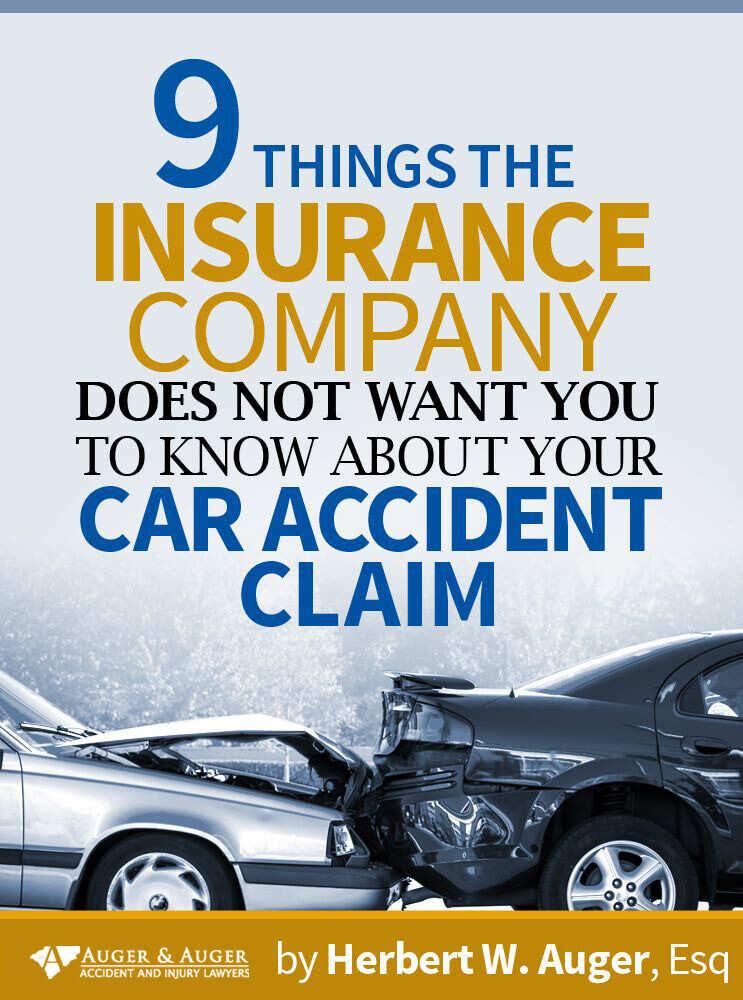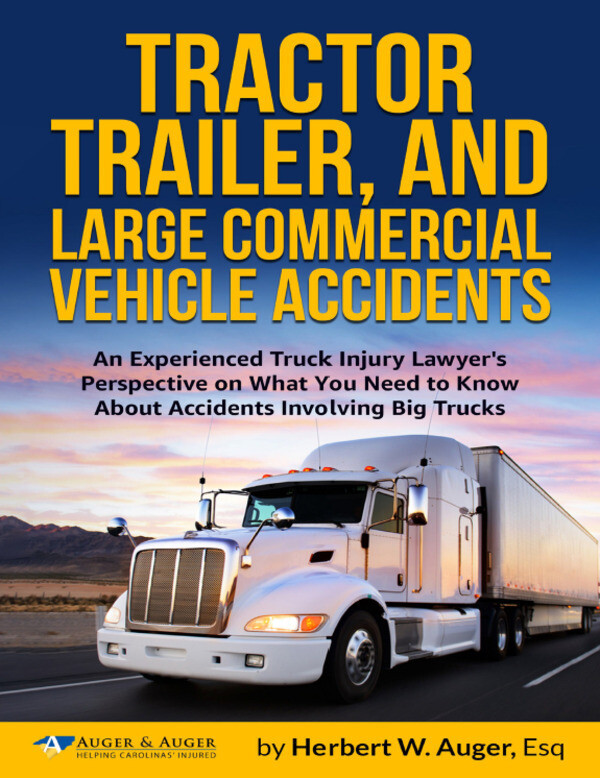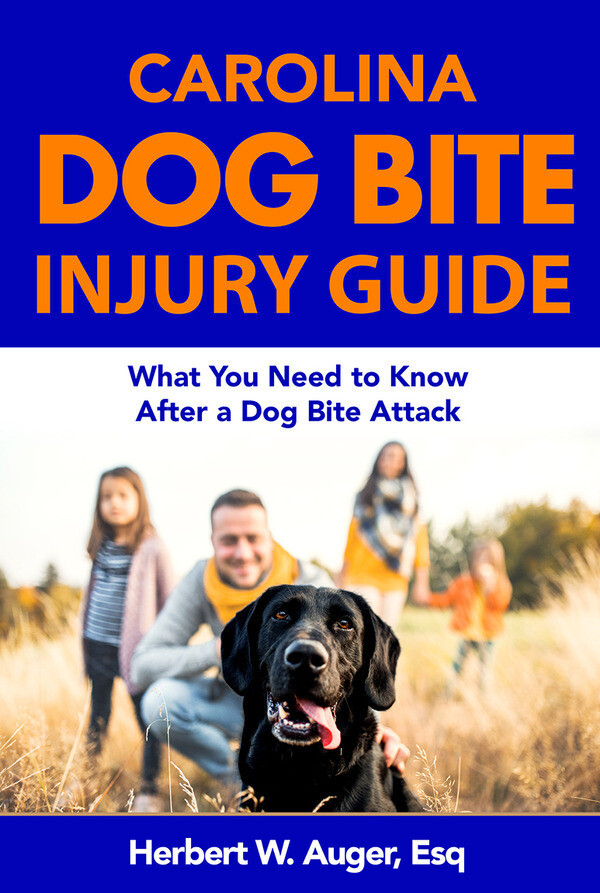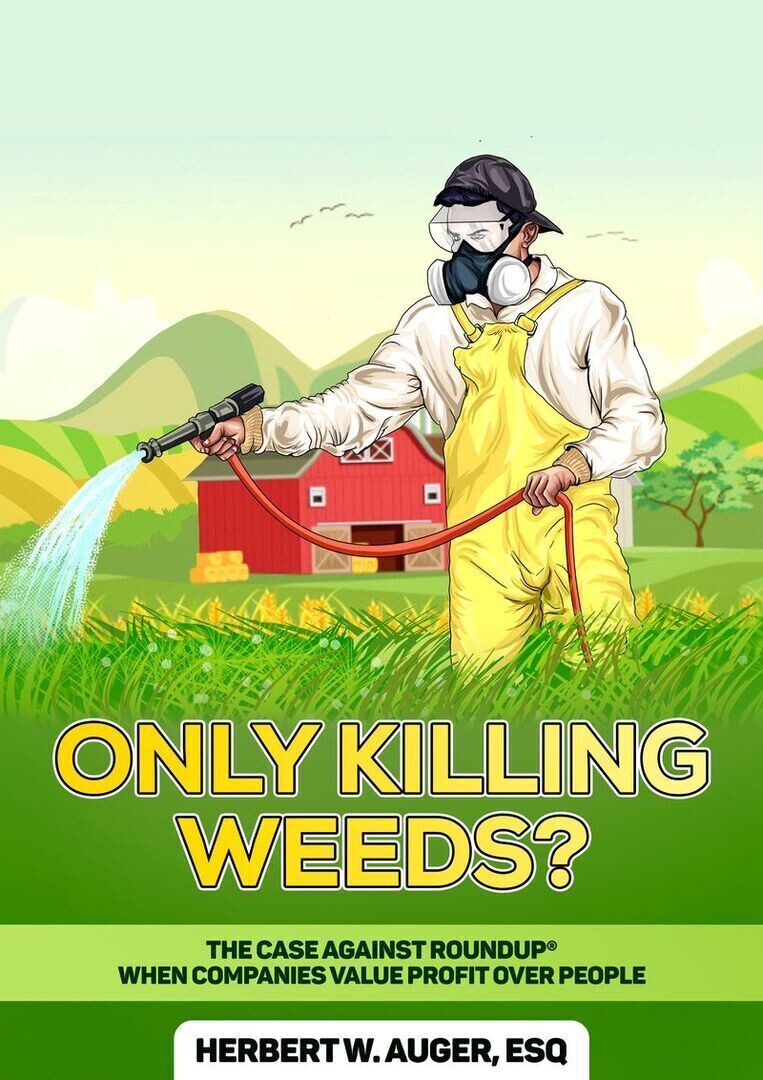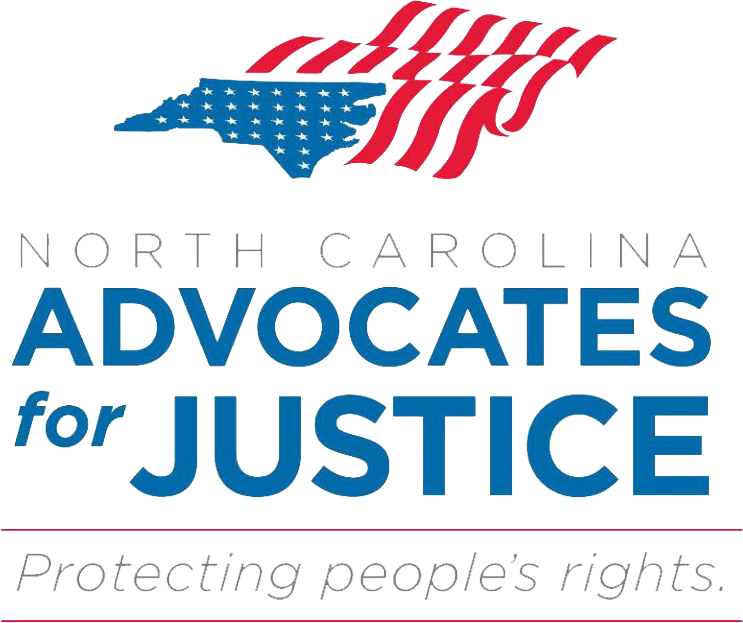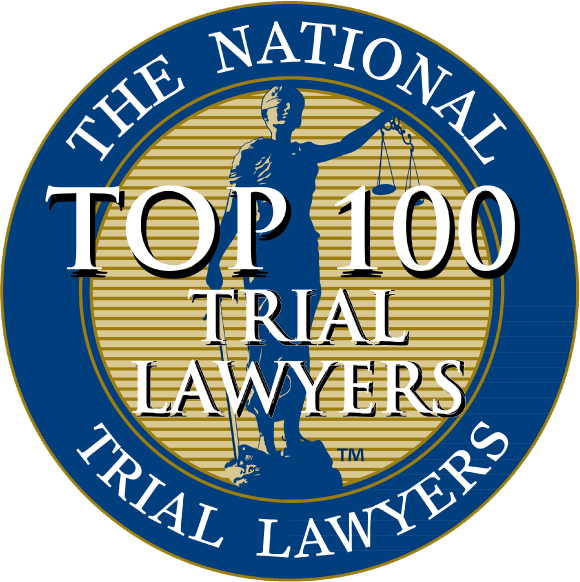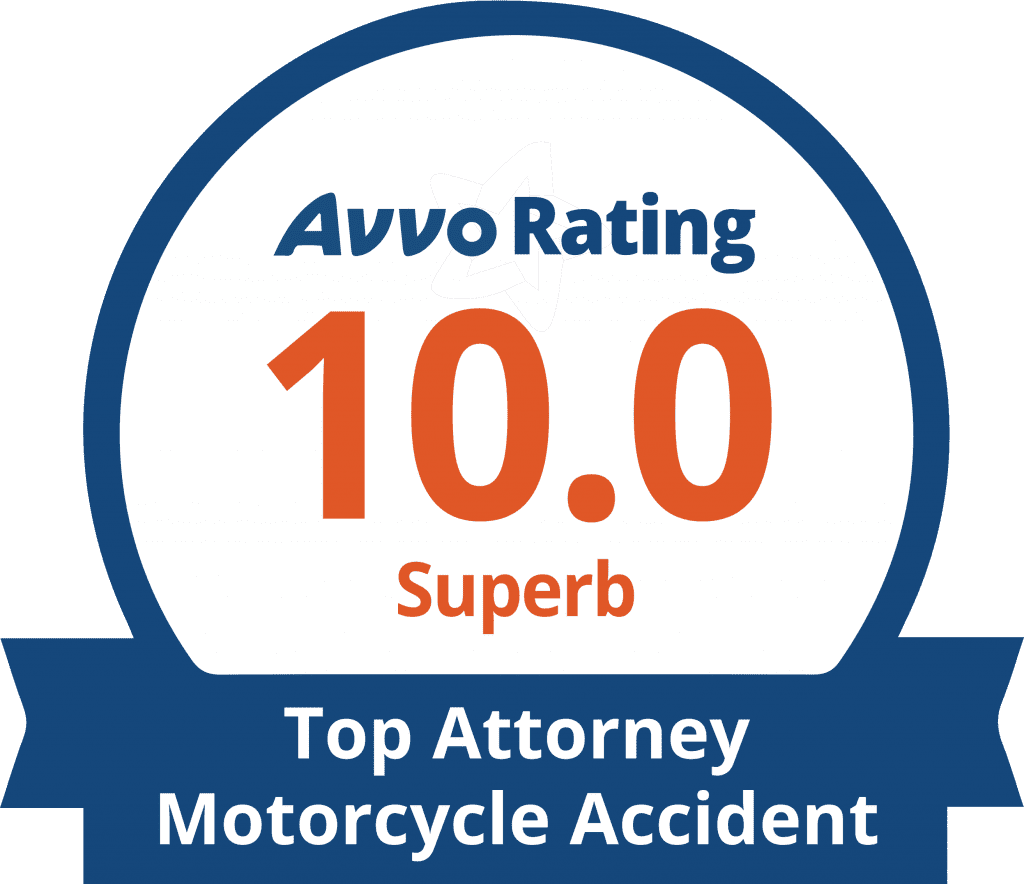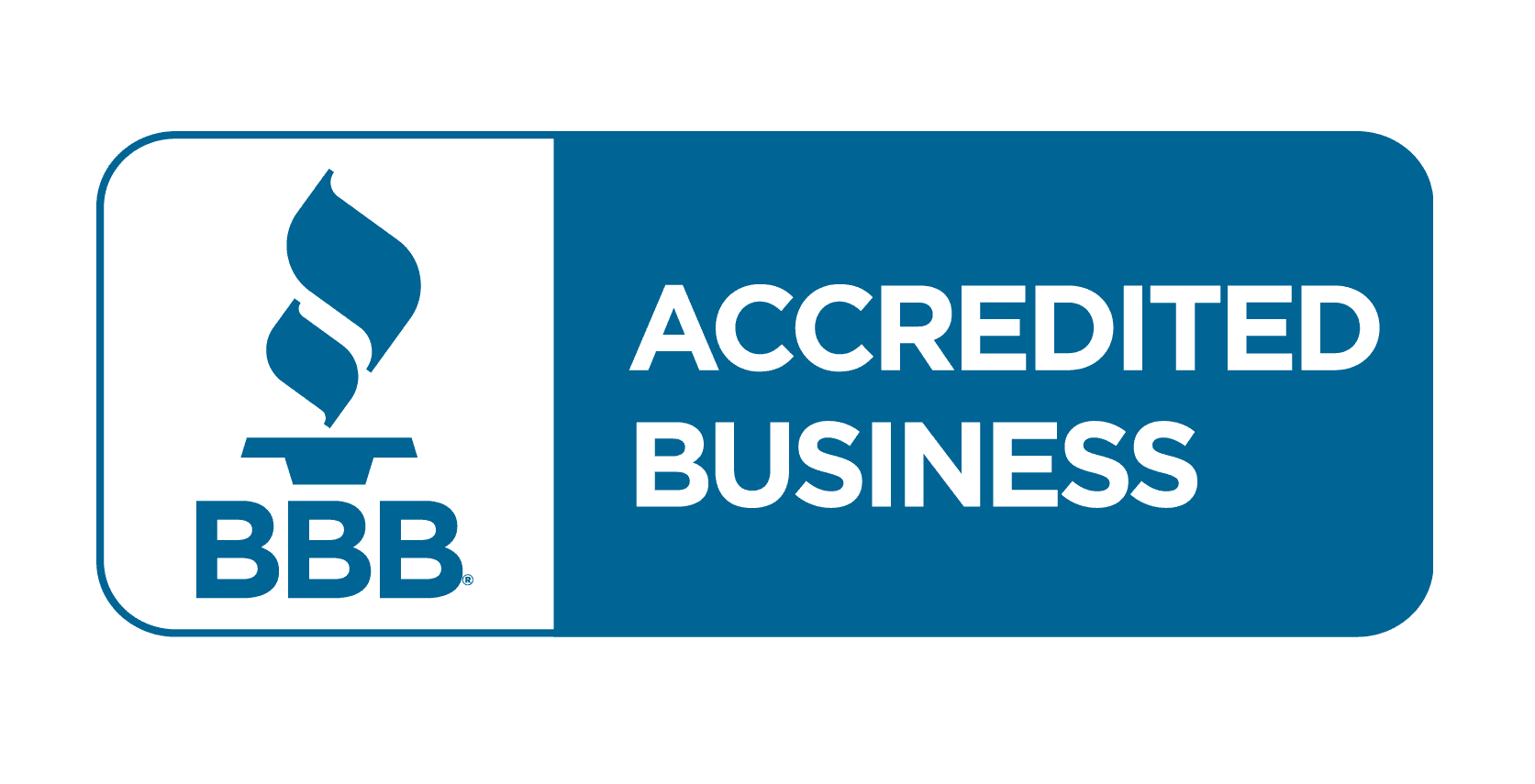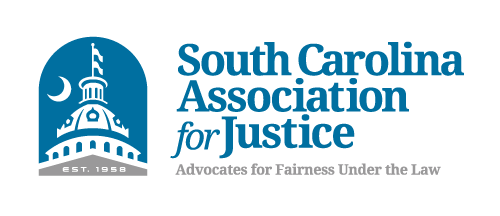Often times, people who think they have adequate insurance learn otherwise after being involved in an accident. Some will purchase auto insurance based on price alone, and following an accident, may find they still have significant out of pocket expenses. Unfortunately, insurance agents don’t take the time to explain different coverage options or the drastic effect that selecting the wrong coverage could have on you or a family member. Below, we discuss the different types of coverage that are available to you and guide you to making the right choice when buying insurance.
Bodily Injury
If you cause an accident, this coverage will pay the medical expenses of the injured person(s). In North Carolina, the mandatory minimum bodily injury limits are $30,000 per person, not to exceed $60,000 per accident (30/60), regardless of how many people are injured. Most people carrying these low limits do so because they think they have little or no assets to lose if they are sued, the think it will cost too much to buy more coverage, or they are not aware that higher limits are available.
Most consumers would be surprised to learn that the cost to increase their bodily injury liability limits does not cost that much in comparison to the premium they are already paying, which may explain why insurance agents do not make an effort to sell these higher limits. We recommend bodily injury limits of at least 100/300. Of course, if you have significant assets, you should consider limits in accordance with the value of your assets. Call your agent today. You may be surprised to find out how little it costs to increase your coverage.
Uninsured Motorist (UM)
Unless you specifically decline this coverage in writing, it is included in every policy issued in North Carolina at the same limit as the bodily injury limit. This coverage protects you or a family member if you are involved in an accident in which the at fault vehicle is uninsured, if you are injured by a hit-and-run driver, and even if you are hit as a pedestrian or cyclist. Your UM coverage will act as if it is the insurance policy for the uninsured at-fault driver, and will provide benefits up to the bodily injury limits on your policy.
Your UM coverage cannot exceed your bodily injury limit, and we recommend a minimum of 100/300. If you are insured under a minimum limits policy (30/60), and are injured by someone who does not carry insurance, you are limited to the 30,000 uninsured motorist coverage on your auto policy. If the expenses associated with your injury exceeds your 30,000 limit, you are on the hook for paying those expenses. If both vehicles are uninsured, you are responsible for all of your medical expenses.
Underinsured Motorist (UIM)
This will cover your medical expenses when the at-fault driver has a lower bodily injury limit than you do. If you carry policy limits of 50,000 per person, 100,000 per accident (50/100), and you are injured by someone with a 30/60 policy, the at-fault party is considered to be underinsured and you are entitled to recover the first 30,000 in damages from the at-fault driver’s insurance, and the difference, 20,000, from your policy under your uninsured/underinsured motorist coverage.
Similar to UM, this coverage is relatively inexpensive to increase, and protects you regardless of your status as driver, passenger or pedestrian.
Medical Payments
We recommend everyone carry Medical Payments. This optional coverage will pay for medical expenses associated with a car accident, regardless of fault. They will pay you even if your health insurance carrier or at-fault driver’s insurance has paid for your medical treatment. Most insurance carriers offer medical payments coverage in the following increments: $500, $1,000, $2,000, $5,000, and $10,000. If you are injured in an accident and incur $2,000 in medical expenses, even though you will recover from the at-fault drivers insurance, and even though those bills might have been paid by your health insurance, if you carry $2,000 medical payments coverage, you are still entitled to recover that $2,000 from your auto insurance policy.
If I Wasn’t At Fault, Why Do I Have To Pay?
Oh, if I had a dollar for every time I heard this or a version of this! The fact is that as many as 15% of drivers are uninsured, and if you are also uninsured or underinsured, you may find yourself in this situation. Let’s say you carry a minimum liability policy, which in North Carolina, is 30,000 per person, 60,000 per accident (30/60). If you are injured in an accident that is caused by someone who does not carry insurance, you will be limited to the 30,000 uninsured motorist coverage on your auto policy. If the expenses associated with your injury exceeds your 30,000 uninsured motorist coverage, you are on the hook for paying those expenses. Further, your uninsured motorist coverage limits cannot exceed your bodily injury limits, so in order to increased uninsured motorist, you must also increase bodily injury. If both your vehicle and the at fault vehicle are uninsured, you are responsible for all of your medical expenses.
Now let’s assume your policy limits are 50,000 per person, 100,000 per accident (50/100), and you are injured by someone with a 30/60 policy. Because 30/60 is less than 50/100, that driver is considered to be underinsured. You are entitled to the first 30,000 in damages from the at-fault party’s insurance, and the next 20,000 from your policy under your uninsured/underinsured motorist coverage.
Father Killed, Family Only Recovers $30,000
A husband and father to a 6 year old child was killed by an uninsured driver. He only had a minimum limit liability policy, and his wife and child could only collect the $30,000 uninsured motorist coverage. Surely his life was worth far more than that, but he did not protect himself or his family.
Not Enough Insurance To Cover All The Passengers
A person with a minimum limits auto policy crashes into a minimally insured minivan occupied by the entire family. All 7 family members suffer serious injury. The $60,000 per accident must be allocated among all 7 passengers of the minivan, leaving insufficient money to pay all medical expenses, and leaving nothing for pain and suffering.
Don’t Be Penny-Wise And Pound Foolish
Do not wait until it’s too late! The worst time to discover you are not sufficiently insured is after an accident. Take the time to review your policy. Consider the needs of your family members who may be drivers or passengers of your insured vehicle. Buying insurance can be confusing, and we are happy to help. For more information, call our office and we will be happy to discuss it with you.


